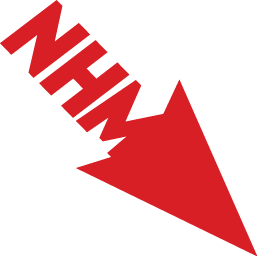“I am someone who, like many of us, is in the process of making history. My people knew that our great grandchildren would talk about the day that their grandparents went and stood in front of the pipeline that never became. And that is the story I want told in museums.”
Winona LaDuke is an internationally renowned activist working on issues of sustainable development renewable energy and food systems. She lives and works on the White Earth reservation in northern Minnesota, and is a two-time vice presidential candidate with Ralph Nader for the Green Party.
As Program Director of the Honor the Earth, she works nationally and internationally on the issues of climate change, renewable energy, and environmental justice with Indigenous communities. And in her own community, she is the founder of the White Earth Land Recovery Project, one of the largest reservation based non-profit organizations in the country and a leader in the issues of culturally based sustainable development strategies, renewable energy, and food systems. In this work, she also continues national and international work to protect Indigenous plants and heritage foods from patenting and genetic engineering.
